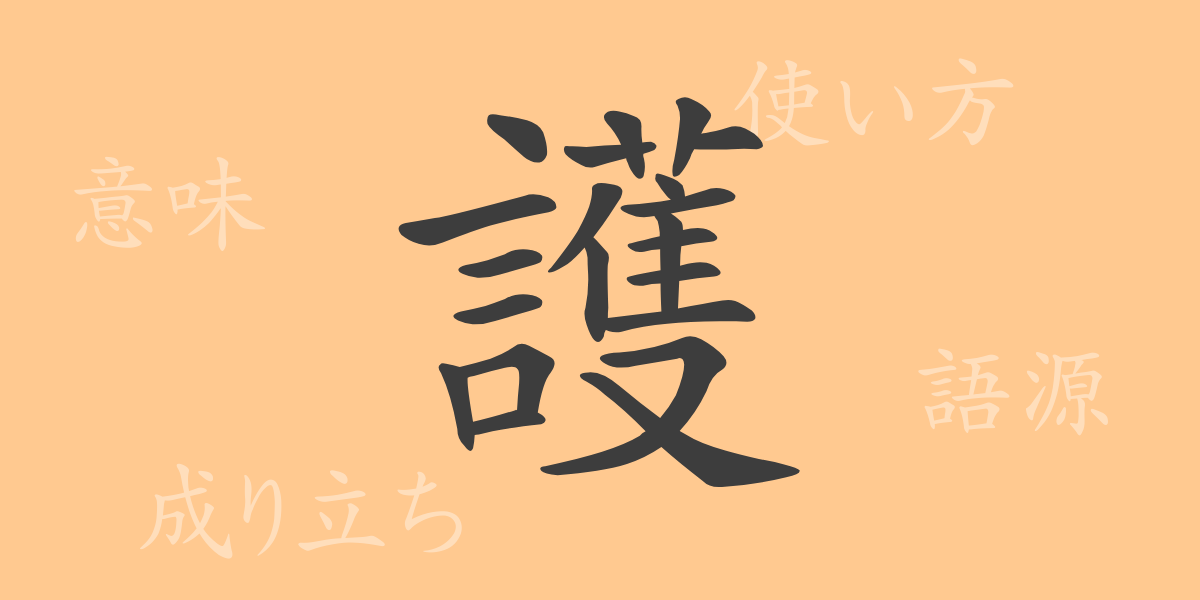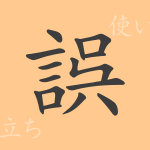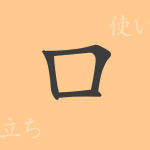Japanese contains numerous kanji characters rich in expressive power, and among them, “護(まも.る)” is a particularly powerful one. Deeply rooted in our daily lives, this kanji appears in many compound words and idiomatic expressions. This article delves into the origins, meanings, uses, readings, stroke counts, and radicals of “護,” exploring its cultural significance.
Origins of 護 (Etymology)
The kanji “護(まも.る)” originated in ancient China, representing the act of protecting someone with a weapon. It combines the parts “戈(ほこ),” meaning weapon, and “言(ことば),” meaning word, symbolizing protection through words or weapons.
Meanings and Uses of 護
“護(まも.る)” means “to protect,” “to safeguard,” or “to guard.” It primarily denotes protecting something from harm and maintaining safety, used in contexts such as laws, rules, personal safety, and national security. It also applies to protecting abstract concepts or values.
Readings, Stroke Count, and Radical of 護
The kanji “護(まも.る)” has various readings in Japanese, primarily as follows:
- Readings: The on’yomi (音読み) is “ゴ,” and the kun’yomi (訓読み) is “まも.る.”
- Stroke count: “護” has a total of 20 strokes.
- Radical: The radical is 言 (ことばへん).
Compound Words, Idioms, and Proverbs Using 護
Examples of compound words, idioms, and proverbs containing “護(まも.る)” include:
- 護国寺(ごこくじ): A temple established to protect the country, often used as a name for temples.
- 保護者(ほごしゃ): A guardian responsible for protecting a child or minor.
- 護衛艦(ごえいかん): A warship designed to protect other vessels at sea.
- 護憲派(ごけんは): A group of people advocating for the protection of the constitution.
- 護符(おまもり): A charm or amulet meant to protect against misfortune.
Summary of 護
The kanji “護(まも.る)” significantly influences our language and culture through its deep history and meanings. In modern society, where there are many things to protect, the importance of “護” continues to grow. This article has provided a deeper understanding of the power of “護” and the richness of words that incorporate this kanji.

























